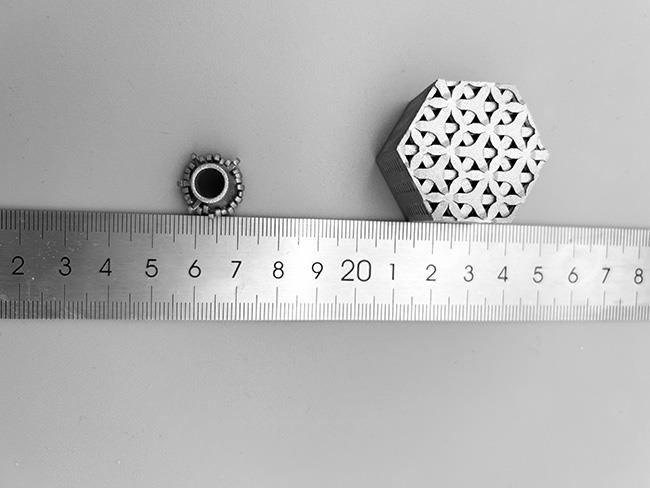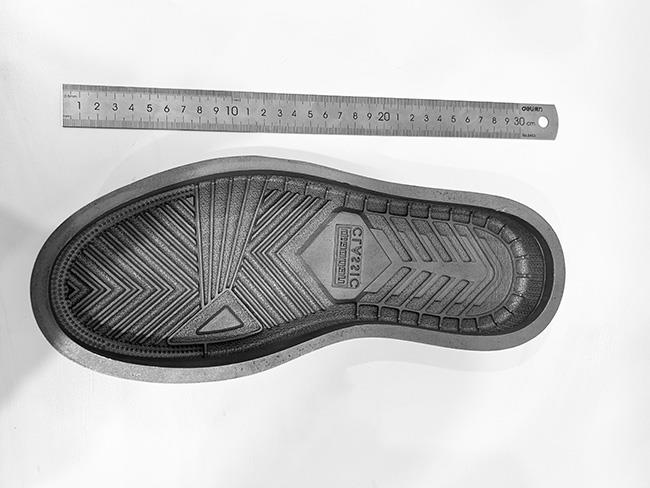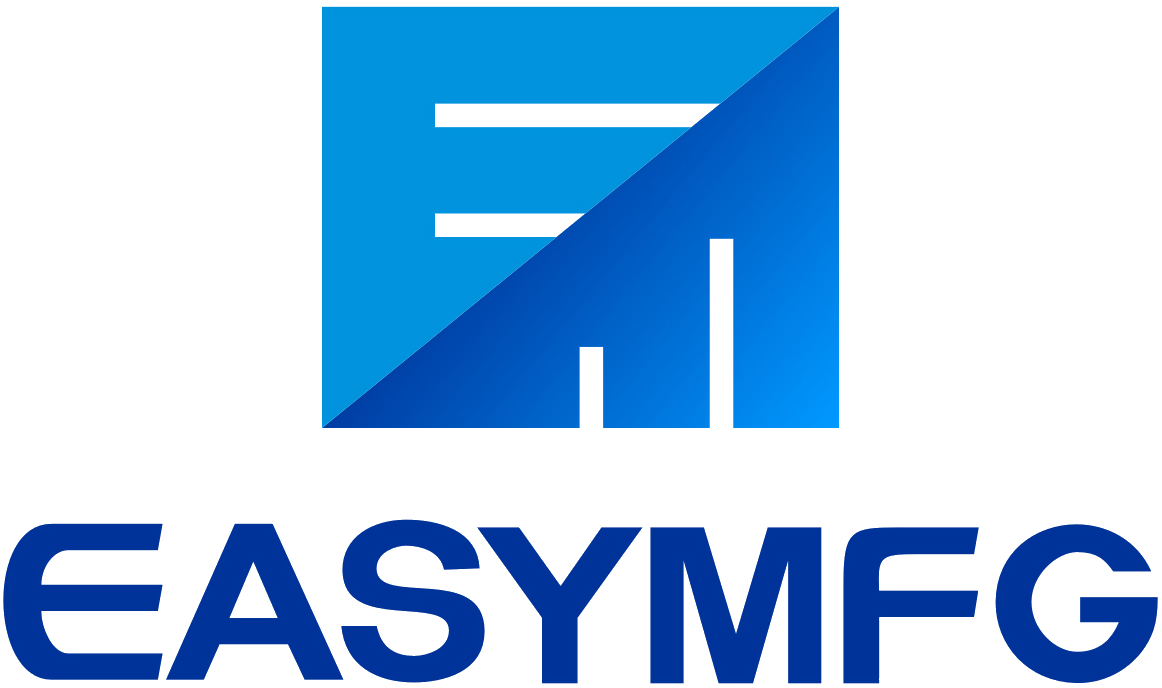EASYMFG Unveils the Future: Metal Binder Jetting (MBJ) 3D Printing Technology
As an overseas marketing manager at EASYMFG, I noticed that many customers are looking for better solutions for parts manufacturing. This is often due to supply chain issues or companies from different industries and regions needing better parts production processes. Despite this, we have found that many customers typically design and validate based on other manufacturing processes, which may be due to historical reasons, supply chain issues, or other factors.
However, we have also encountered various challenges in promoting BJ 3D printing technology, including insufficient knowledge and application of brand promotion, information dissemination, and establishing partnerships. Although we have made efforts, we still need to further improve our capabilities and level to meet the ever-changing needs of customers and maintain a leading position in the fiercely competitive market.
Therefore, EasyMFG is committed to establishing in-depth cooperation with customers, understanding their business needs in-depth, and providing professional solutions. I believe that through close cooperation with customers, we can help them overcome challenges and succeed in the field of 3D printing technology.
What are the characteristics and advantages of MBJ 3D printing technology?
Size: From a cost perspective, it is recommended to use MBJ technology to print small and medium-sized parts compared to traditional manufacturing methods. The EasyMFG equipment can print parts up to a size of 500mm x 450mm x 400mm. However, for parts with excessive weight, high-temperature sintering can cause significant difficulties in solving the load-bearing requirements of the support plate and eliminating uneven shrinkage, and may even crush the support plate. It cannot be said that MBJ can only print parts of a certain size. In terms of printing, parts of several meters in size can be printed without any problem. However, to avoid damaging the support plate during high-temperature sintering and to reduce the friction between the part and the support plate (friction will prevent the part from moving during shrinkage, resulting in uneven shrinkage), significant costs need to be incurred. Therefore, it is recommended to use MBJ technology to print parts weighing less than 40kg. Of course, the size needs to be enlarged during the sintering process to compensate for shrinkage.

MBJ part
Source:EASYMFG

MBJ shoe mold
Source:EASYMFG
Part quality: The parts printed with MBJ have a similar strength and density (over 98%) to castings. The printing accuracy of the green part is around 0.05mm, and the accuracy after sintering is around 0.1mm, with a surface roughness of 2~5μm. For customers with high requirements, the surface finish of the printed part may not meet the requirements and may require specific surface treatment methods. However, in most cases, it can meet the requirements.
Material: MBJ has a wide range of materials, making it suitable for various application fields. MBJ uses binder to bond powder materials, and unbound powder materials can be completely recycled, making it easy to operate. To attract more manufacturers, the powder material prices need to be further reduced, and an open material system can reduce supply chain costs, making powder materials more affordable and feasible.
Speed: MBJ is the fastest metal printing technology that can successfully produce various geometric shapes. In terms of price and technical barriers, MBJ is still the most competitive compared to laser powder bed fusion technology.
Ease of use: The user interface of the EasyMFG equipment software is usually straightforward and easy to understand. Even without in-depth professional knowledge, users can complete the processing and preparation of the part file soon.
Support requirements: Support structures are not required during the printing process. However, for some parts that are prone to deformation due to gravity, some sintering support structures may need to be added. The surface of the support structure should be coated with anti-sintering agent to reduce the adhesion between the printed part and the support structure. After sintering, the support can be easily removed.
For the entire manufacturing industry, it is a critical moment to adopt the MBJ printing technology. As an emerging 3D printing technology, MBJ is attracting more and more attention and interest, with many advantages such as fast production speed, cost savings, and customization.
For potential customers, there are some key factors to consider when using MBJ technology, such as the need for parts quality certification and meeting consumer standards, as well as some challenges to be aware of during the implementation of new technology. In fact, for ordinary applications, MBJ printed parts can certainly meet requirements, but for a new technology, a validation process is usually needed from the customer's perspective. Additionally, MBJ has its own characteristics, and optimization can be done from the CAD level to reduce sintering deformation and eliminate sintering supports. If customers are willing to redesign parts to meet BJ principles and requirements, MBJ will bring them more supply chain choices and opportunities to enter new market areas.
The development of MBJ brings us more choices and opportunities, promoting the continuous innovation and development of the manufacturing industry. The development of open material systems will make powder materials more affordable and feasible, and will also attract more manufacturers to enter the 3D printing field.
Therefore, as an emerging 3D printing technology, MBJ brings more opportunities and challenges to the manufacturing industry. We should continue to pay attention to and explore this technology and find more innovations and applications in practice.




